
Historical and Cultural Context - Mobiles
Leaves, No Litter

Historical and Cultural Context -
Mobiles
Leaves, No
Litter
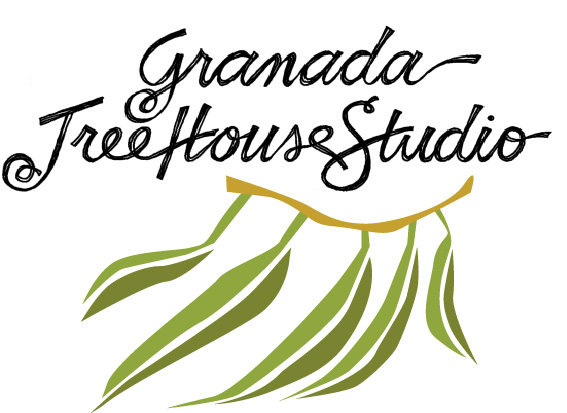 |
a virtual and real place to explore your passions: writing, reading, design, art.
|
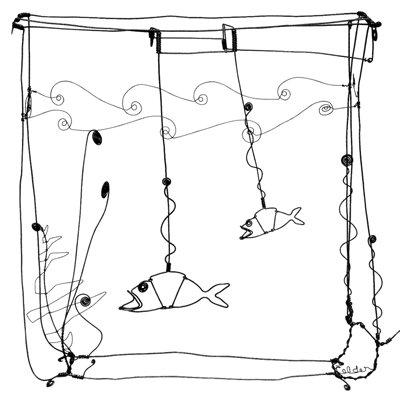
Alexander Calder - Goldfish Bowl - 1929
Wire - Private Collection, Copyright ©2000 National Gallery of Art, Washington D.C.
http://www.nga.gov/exhibitions/calder/realsp/4f.htm

Alexander Calder - Steel Fish - 1934
Sheet metal, wire, rod, lead, and paint, 115 x 137 x 120 in. Private Collection, © 1998 Estate of Alexander Calder/Artists Rights Society (ARS), New York http://www.sfmoma.org/espace/calder/photo_lg_fish.html

Alexander Calder - Aluminum Leaves, Red Post - 1941
Sheet metal, wire, and paint, 61 x 61 in., Collection of Jean Lipman, © 1998 Estate of Alexander Calder/Artists Rights Society (ARS),
New York
http://www.sfmoma.org/espace/calder/photo_lg_aluminum.html
Top

Alexander Calder - S-Shaped Vine - 1946
Sheet metal, wire, and paint, 98 1/2 x 69 in., Collection of Rita and Toby Schreiber, © 1998 Estate of Alexander Calder/Artists Rights Society (ARS),
New York
http://www.sfmoma.org/espace/calder/photo_lg_vine.html
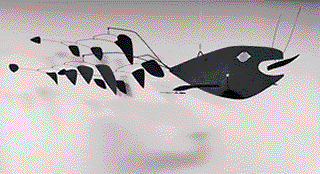
Alexander Calder - Poisson Volant (Flying Fish) - 1957 -
Sheet metal, wire, & paint - dimensions: 24" x 89", http://members.tripod.com/~Raincloud771/favart/calder.htm
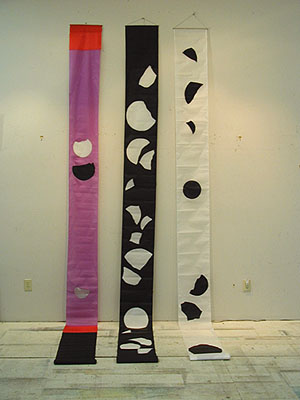
Jackie Matisse - 3 Kite Tails, http://www.raykass.com/html/Matisse/html/mat_exhibit.html
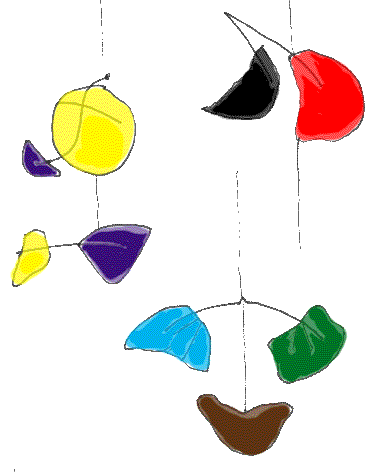
Mobiles with hanging irregular shapes
Sketches from exhibit, Art That Soars - Kites and Tails by Jackie Matisse at the Mingei International Museum in San Diego, April 25 - November 26
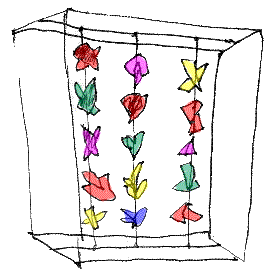
Wire frame "box" with hanging pieces of nylon fabric attached to fishing line
Sketch from exhibit, Art That Soars - Kites and Tails by Jackie Matisse at the Mingei International Museum in San Diego, April 25 - November 26
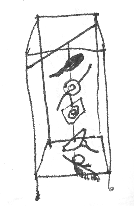
Wire frame "box" with hanging objects
Sketch from exhibit, Art That Soars - Kites and Tails by Jackie Matisse at the Mingei International Museum in San Diego, April 25 - November 26
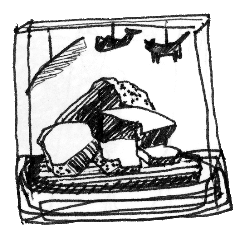
Wire frame "box" with rocks and hanging objects
Sketch from exhibit, Art That Soars - Kites and Tails by Jackie Matisse at the Mingei International Museum in San Diego, April 25 - November 26
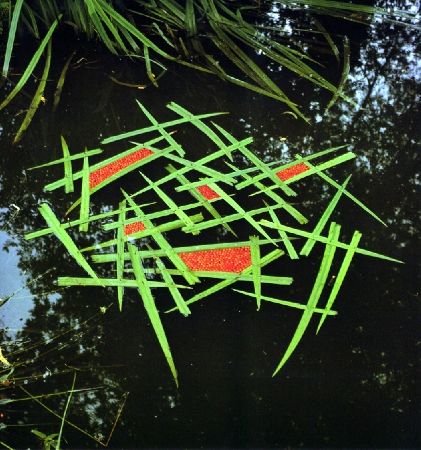
Andy Goldsworthy - Iris Leaves & Rowan Berries, http://cgee.hamline.edu/see/goldsworthy/see_an_andy.html
“What I am after, above all, is expression.”
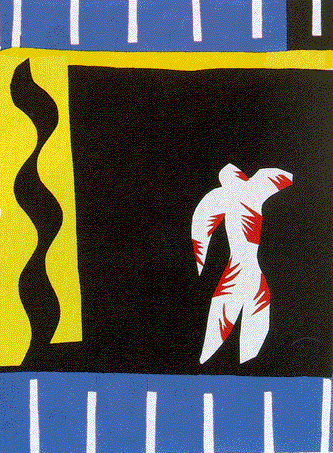
Henri Matisse - The Clown

Henri Matisse - Chinese Fish - 1951
“Finally I have found the most direct way to express myself – the paper cutout”
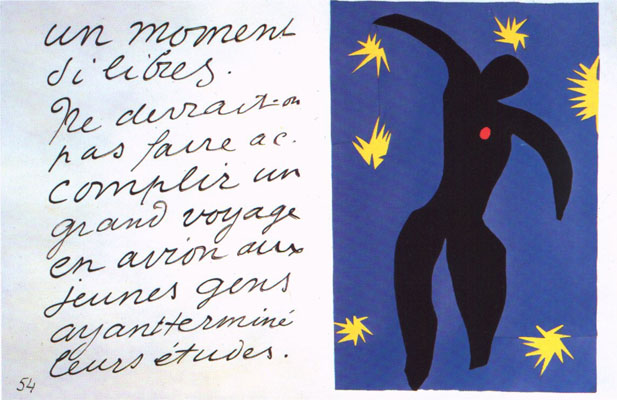
Henri Matisse - Icarus (shows the
original French text) - 1943
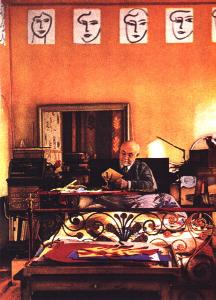
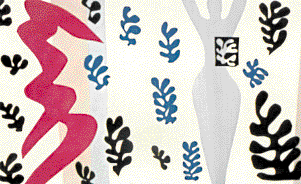
Henri Matisse - The Knife Thrower
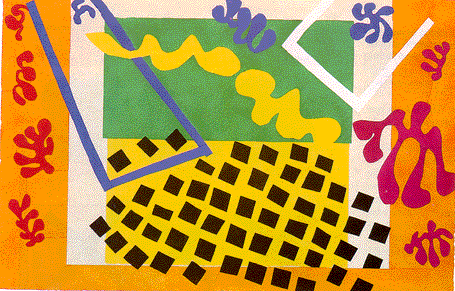
Henri Matisse - The Codomas
TEXT and ART not referenced with hyperlink:
Henri Matisse, working with shapes Scholastic Art, Dec 1996/Jan 1997
vol.27, no. 3,
Published in cooperation with the National Gallery of
Art. Formerly ART & MAN
|
|
Melissa and I would like to |